Muzeu Historik Kombëtar
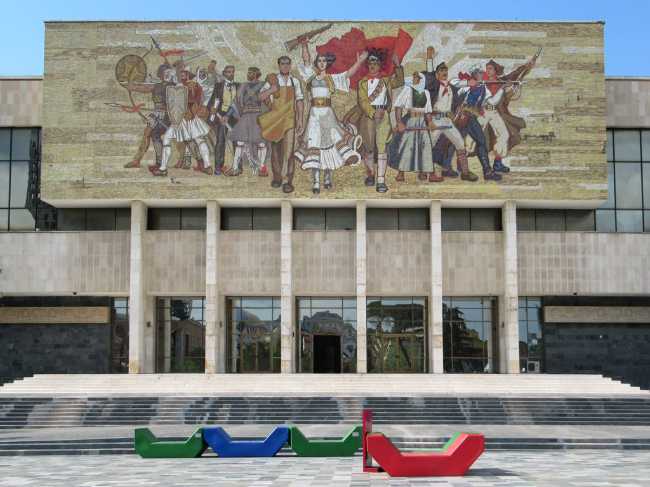
In the heart of Tirana, the National History Museum offers a captivating journey through Albania’s rich and complex past. Its striking mosaic façade, a symbol of national pride, welcomes visitors into a space that spans over 5,000 years of history. Inside, eight thematic pavilions guide you from ancient Illyrian artifacts to the turbulent communist era, with highlights including medieval weaponry, Renaissance art, and poignant exhibits on resistance and repression. The museum’s thoughtful layout and engaging displays make it accessible to all, whether you're a history enthusiast or a curious traveler. Located on Skanderbeg Square, it’s an ideal starting point for exploring the city’s cultural core. A visit here not only deepens your understanding of Albania’s identity but also offers a powerful reflection on resilience and transformation.
Tirana AlbaniaThe National History Museum (Muzeu Historik Kombëtar) is situated at Skanderbeg Square 7, right in the heart of Tirana, Albania’s vibrant capital. Its striking modernist mosaic façade, visible from across the square, makes it an unmistakable landmark and a favorite photo spot for visitors. Although the museum is currently closed for a major renovation until 2028, its exterior remains a highlight of the city’s central plaza. Skanderbeg Square itself is a lively urban hub, surrounded by some of Tirana’s most important attractions. Directly across from the museum stands the iconic Skanderbeg Monument, commemorating Albania’s national hero. Within a short walk, you’ll find the Opera & Ballet Theatre, the historic Et’hem Bey Mosque, and the Clock Tower, which offers panoramic views over the city. For those interested in Albania’s more recent history, Bunk’Art 2—a museum housed in a former nuclear bunker—is just a few minutes away on foot, offering a unique perspective on the country’s communist past.
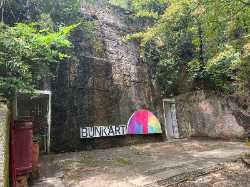 Bunk’Art 1
Tirana
Bunk’Art 1
Tirana
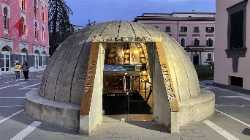 Bunk’Art 2
Tirana
Bunk’Art 2
Tirana
 House of Leaves
Tirana
House of Leaves
Tirana
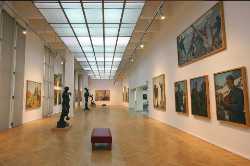 National Gallery of Arts
Tirana
National Gallery of Arts
Tirana
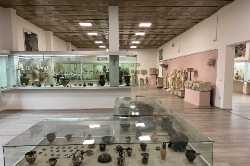 Tirana Archaeological Museum
Tirana
Tirana Archaeological Museum
Tirana
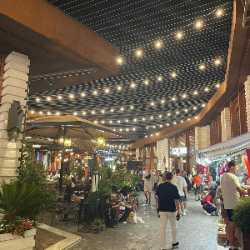 Kalaja e Tiranës
Tirana
Kalaja e Tiranës
Tirana
 Presidential Palace of Tirana
Tirana
Presidential Palace of Tirana
Tirana
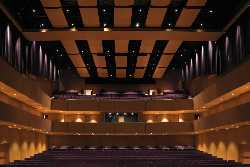 National Theatre of Opera and Ballet
Tirana
National Theatre of Opera and Ballet
Tirana
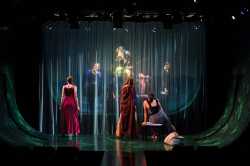 Kujtim Spahivogli
Tirana
Kujtim Spahivogli
Tirana
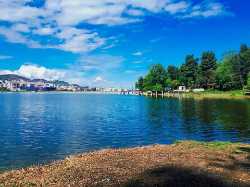 Grand Park of Tirana
Tirana
Grand Park of Tirana
Tirana
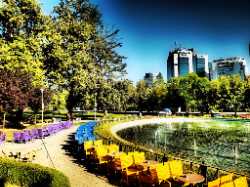 Rinia Park
Tirana
Rinia Park
Tirana
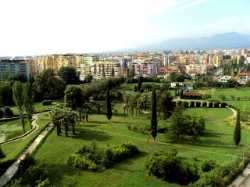 Botanical Garden of Tirana
Tirana
Botanical Garden of Tirana
Tirana
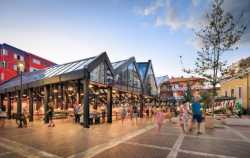 New Bazaar
Tirana
New Bazaar
Tirana
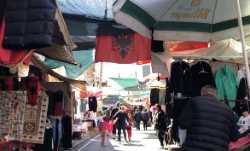 Tregu Çam
Tirana
Tregu Çam
Tirana
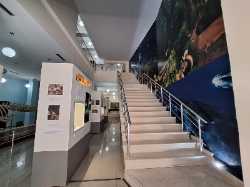 Museum of Natural Sciences Sabiha Kasimati
Tirana
Museum of Natural Sciences Sabiha Kasimati
Tirana
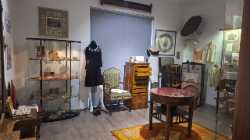 MiG - Women's Museum
Tirana
MiG - Women's Museum
Tirana
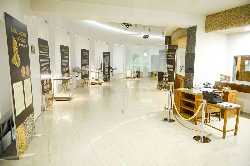 Museum of the Bank of Albania
Tirana
Museum of the Bank of Albania
Tirana
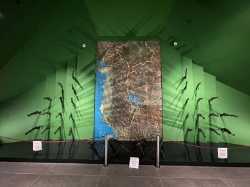 Armed Forces Museum
Tirana
Armed Forces Museum
Tirana
 Metropol Theatre
Tirana
Metropol Theatre
Tirana
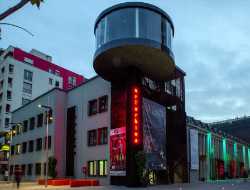 ArTurbina
Tirana
ArTurbina
Tirana
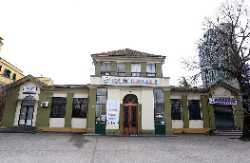 Tirana Puppet Theatre
Tirana
Tirana Puppet Theatre
Tirana
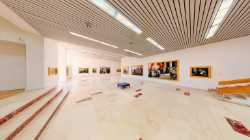 Galeria Kombëtare e Arteve
Tirana
Galeria Kombëtare e Arteve
Tirana
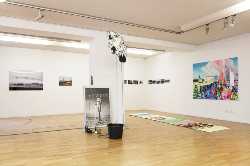 ZETA Center for Contemporary Art
Tirana
ZETA Center for Contemporary Art
Tirana
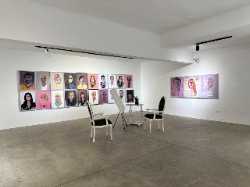 FAB Gallery
Tirana
FAB Gallery
Tirana
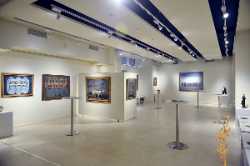 Kalo Gallery
Tirana
Kalo Gallery
Tirana
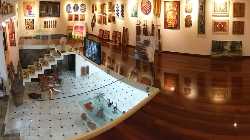 Art Gallery E. Rira
Tirana
Art Gallery E. Rira
Tirana
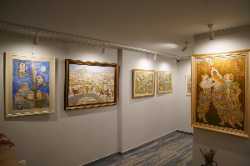 Gallery 43
Tirana
Gallery 43
Tirana
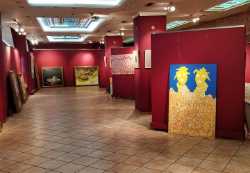 Mezuraj Museum
Tirana
Mezuraj Museum
Tirana
 Bazament Art Space
Tirana
Bazament Art Space
Tirana